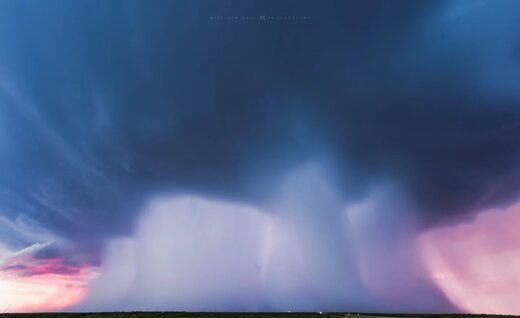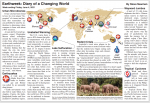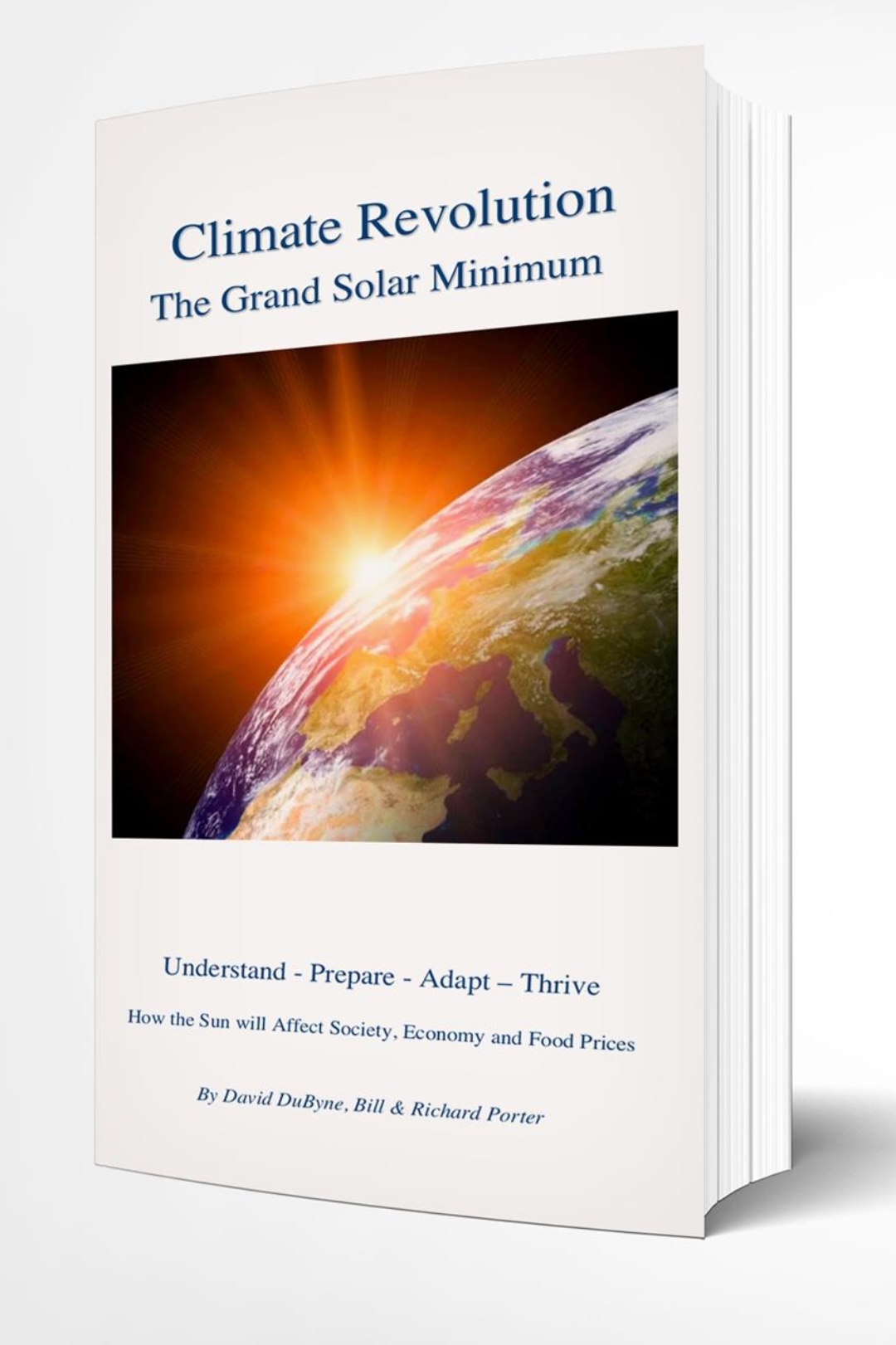TxGal
Day by day
Ancient Lake Toba volcanic eruption destroyed the ozone layer -- Science & Technology -- Sott.net
Ancient Lake Toba volcanic eruption destroyed the ozone layer
Sergey Osipov
KAUST Discovery
Tue, 01 Jun 2021 18:16 UTC
Ozone depletion following the Toba eruption around 74,000 years ago compounded the ensuing volcanic winter and caused a human population bottleneck.

© Karpov Oleg/Shutterstock
The eruption of the Toba volcano 74,000 years ago affected the planet's climate so drastically that it led to a drop in the human population.
A catastrophic drop in atmospheric ozone levels around the tropics is likely to have contributed to a bottleneck in the human population around 60 to 100,000 years ago, an international research team has suggested. The ozone loss, triggered by the eruption of the Toba supervolcano located in present-day Indonesia, might solve an evolutionary puzzle that scientists have been debating for decades.
"Toba has long been posited as a cause of the bottleneck, but initial investigations into the climate variables of temperature and precipitation provided no concrete evidence of a devastating effect on humankind," says Sergey Osipov at the Max Planck Institute for Chemistry, who worked on the project with KAUST's Georgiy Stenchikov and colleagues from King Saud University, NASA and the Max Planck Institute for Chemistry.
"We point out that, in the tropics, near-surface ultraviolet (UV) radiation is the driving evolutionary factor. Climate becomes more relevant in the more volatile regions away from the tropics," says Stenchikov.
Large volcanic eruptions emit gases and ash that create a sunlight-attenuating aerosol layer in the stratosphere, causing cooling at the Earth's surface. This "volcanic winter" has multiple knock-on effects, such as cooler oceans, prolonged El Niño events, crop failures and disease.
"The ozone layer prevents high levels of harmful UV radiation reaching the surface," says Osipov. "To generate ozone from oxygen in the atmosphere, photons are needed to break the O2 bond. When a volcano releases vast amounts of sulfur dioxide (SO2), the resulting volcanic plume absorbs UV radiation but blocks sunlight. This limits ozone formation, creating an ozone hole and heightening the chances of UV stress."
The team examined UV radiation levels after the Toba eruption using the ModelE climate model developed by NASA GISS (Goddard Institute for Space Studies). They simulated the possible after-effects of different sizes of eruptions. Running such a model is computationally intensive, and Osipov is grateful for the use of KAUST's supercomputer, Shaheen II, and associated expertise.
Their model suggests that the Toba SO2 cloud depleted global ozone levels by as much as 50 percent. Furthermore, they found that the effects on ozone are significant, even under relatively small eruption scenarios. The resulting health hazards from higher UV radiation at the surface would have significantly affected human survival rates.
"The UV stress effects could be similar to the aftermath of a nuclear war," says Osipov. "For example, crop yields and marine productivity would drop due to UV sterilization effects. Going outside without UV protection would cause eye damage and sunburn in less than 15 minutes. Over time, skin cancers and general DNA damage would have led to population decline."
References
Ancient Lake Toba volcanic eruption destroyed the ozone layer
Sergey Osipov
KAUST Discovery
Tue, 01 Jun 2021 18:16 UTC
Ozone depletion following the Toba eruption around 74,000 years ago compounded the ensuing volcanic winter and caused a human population bottleneck.

© Karpov Oleg/Shutterstock
The eruption of the Toba volcano 74,000 years ago affected the planet's climate so drastically that it led to a drop in the human population.
A catastrophic drop in atmospheric ozone levels around the tropics is likely to have contributed to a bottleneck in the human population around 60 to 100,000 years ago, an international research team has suggested. The ozone loss, triggered by the eruption of the Toba supervolcano located in present-day Indonesia, might solve an evolutionary puzzle that scientists have been debating for decades.
"Toba has long been posited as a cause of the bottleneck, but initial investigations into the climate variables of temperature and precipitation provided no concrete evidence of a devastating effect on humankind," says Sergey Osipov at the Max Planck Institute for Chemistry, who worked on the project with KAUST's Georgiy Stenchikov and colleagues from King Saud University, NASA and the Max Planck Institute for Chemistry.
"We point out that, in the tropics, near-surface ultraviolet (UV) radiation is the driving evolutionary factor. Climate becomes more relevant in the more volatile regions away from the tropics," says Stenchikov.
Large volcanic eruptions emit gases and ash that create a sunlight-attenuating aerosol layer in the stratosphere, causing cooling at the Earth's surface. This "volcanic winter" has multiple knock-on effects, such as cooler oceans, prolonged El Niño events, crop failures and disease.
"The ozone layer prevents high levels of harmful UV radiation reaching the surface," says Osipov. "To generate ozone from oxygen in the atmosphere, photons are needed to break the O2 bond. When a volcano releases vast amounts of sulfur dioxide (SO2), the resulting volcanic plume absorbs UV radiation but blocks sunlight. This limits ozone formation, creating an ozone hole and heightening the chances of UV stress."
The team examined UV radiation levels after the Toba eruption using the ModelE climate model developed by NASA GISS (Goddard Institute for Space Studies). They simulated the possible after-effects of different sizes of eruptions. Running such a model is computationally intensive, and Osipov is grateful for the use of KAUST's supercomputer, Shaheen II, and associated expertise.
Their model suggests that the Toba SO2 cloud depleted global ozone levels by as much as 50 percent. Furthermore, they found that the effects on ozone are significant, even under relatively small eruption scenarios. The resulting health hazards from higher UV radiation at the surface would have significantly affected human survival rates.
"The UV stress effects could be similar to the aftermath of a nuclear war," says Osipov. "For example, crop yields and marine productivity would drop due to UV sterilization effects. Going outside without UV protection would cause eye damage and sunburn in less than 15 minutes. Over time, skin cancers and general DNA damage would have led to population decline."
References
- Osipov, S., Stenchikov, G., Tsigaridis, K., LeGrande, A.N., Bauer, S.E., Fnais, M. & Lelieveld, J. The Toba supervolcano eruption caused severe tropical stratospheric ozone depletion. Communications Earth and Environment 2, 71 (2021).












































